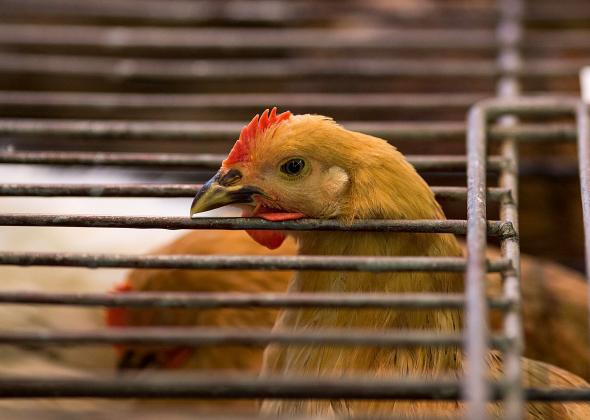My friend Tom Lee from Sunlight Labs took a break from government transparency this afternoon to discuss strategic trade policy and fried chicken. Specifically Korean-style fried chicken:
This is a good point, and one reason we should be glad Korean chains are opening up in the United States. But what’s the best strategy for the long term:
This brings to mind one of the differences between the naïve Ricardian case for “free trade” that you find in introductory textbooks and the more sophisticated understanding that’s grounded in evidence about growth. The simplistic case relates to the static efficiency gains that come from greater specialization. And for small countries, this really is extremely important. If Denmark, with its 5 million people, tried to make everything domestically, there’d be huge logistical problems and the country would be impoverished. Trade and specialization are key.
But when you look at economic development—how do countries go from being poor to being rich—this isn’t really where global markets help. Instead it’s all about learning. When Japanese automakers set up shop in Mexico, they wind up transferring not just physical capital related to the auto industry but lots of know-how and different kinds of hard and soft skills that are very difficult to copy from a distance.
So the crucial thing isn’t to have “free” trade so much as it is to have trade that’s free enough that you can learn from foreigners. China, for example, usually tries to get foreign firms that want to open factories in China to establish “joint ventures” rather than subsidiaries. That way you maximize local learning rather than simply maximizing capital inflows. In the fried chicken context, the right strategic move could be to welcome Korean-owned firms into the country but to limit the number of restaurants any given Korean-owned firm is allowed to operate. That way you create a market for Korean fried chicken, and you create a workforce familiar with the operation of Korean fried chicken joints, but you prevent the Korean firms from actually filling the niche. Then U.S.-based investors can hire away staff from Korean-owned firms and launch their own Korean ventures. Needless to say, liberal immigration policies also help. Bring the Korean people to America, rather than sending our money to Korea as a way to get our hands on some chicken.
